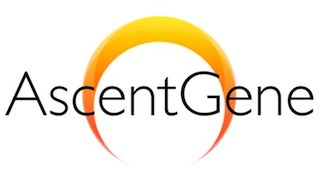Cell Line
Source and Properties
Extract
Unit Size
HEK293

Nuclear
Cytoplasm (S100)
AG1011
AG1011b
AG2011
AG2011b
$149.00
Please call
$149.00
Please call
200 µg
Custom
200 µg
Custom
HeLa

Nuclear
Cytoplasm (S100)
AG1012
AG1012b
AG2012
AG2012b
$149.00
Please call
$149.00
Please call
200 µg
Custom
200 µg
Custom
CHO-K1

Nuclear
Cytoplasm (S100)
AG1013
AG1013b
AG2013
AG2013b
$149.00
Please call
$149.00
Please call
200 µg
Custom
200 µg
Custom
MCF-7

Nuclear
Cytoplasm (S100)
AG1014
AG1014b
AG2014
AG2014b
$149.00
Please call
$149.00
Please call
200 µg
Custom
200 µg
Custom
SH-SY5Y

Nuclear
Cytoplasm (S100)
AG1015
AG1015b
AG2015
AG2015b
$149.00
Please call
$149.00
Please call
200 µg
Custom
200 µg
Custom
C6

Nuclear
Cytoplasm (S100)
AG1016
AG1016b
AG2016
AG2016b
$149.00
Please call
$149.00
Please call
200 µg
Custom
200 µg
Custom
LNCap

Nuclear
Cytoplasm (S100)
AG1017
AG1017b
AG2017
AG2017b
$149.00
Please call
$149.00
Please call
200 µg
Custom
200 µg
Custom
NIH/3T3

Nuclear
Cytoplasm (S100)
AG1018
AG1018b
AG2018
AG2018b
$149.00
Please call
$149.00
Please call
200 µg
Custom
200 µg
Custom
COS-7

Nuclear
Cytoplasm (S100)
AG1019
AG1019b
AG2019
AG2019b
$149.00
Please call
$149.00
Please call
200 µg
Custom
200 µg
Custom
U2OS

Nuclear
Cytoplasm (S100)
AG1020
AG1020b
AG2020
AG2020b
$149.00
Please call
$149.00
Please call
200 µg
Custom
200 µg
Custom
293T

Nuclear
Cytoplasm (S100)
AG1021
AG1021b
AG2021
AG2021b
$149.00
Please call
$149.00
Please call
200 µg
Custom
200 µg
Custom








